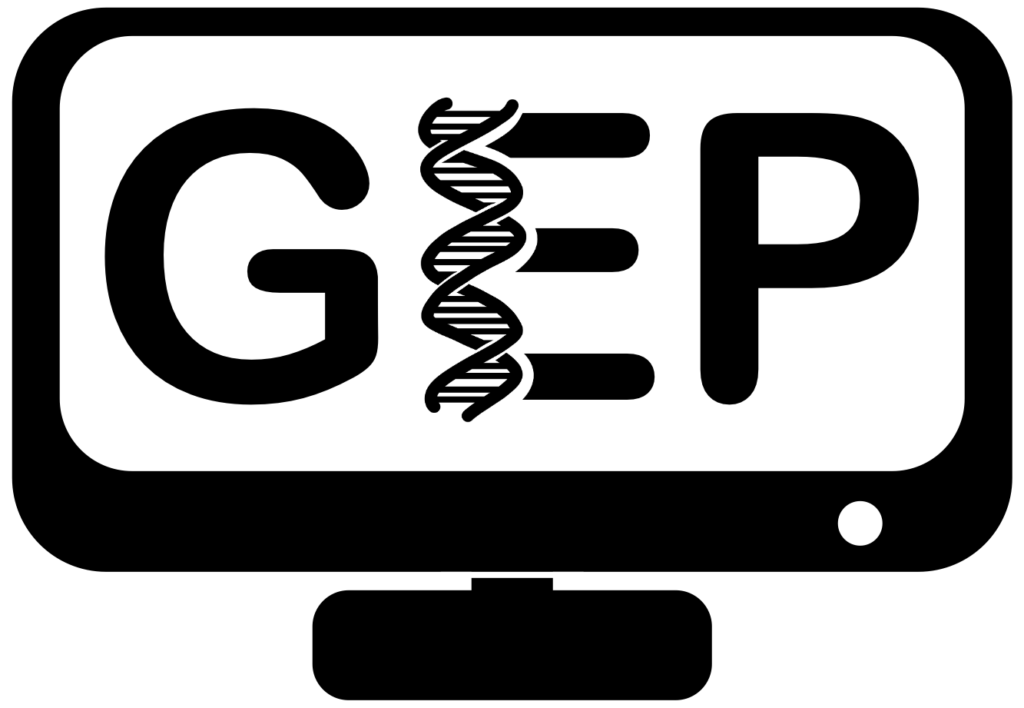This walkthrough uses the annotation of a gene on the D. biarmipes Muller F element to illustrate the GEP comparative annotation strategy. This document shows how you can investigate a feature in an annotation project using FlyBase, the Gene Record Finder, and the gene prediction and RNA-Seq evidence tracks on the GEP UCSC Genome Browser. The walkthrough then shows how you can identify the coordinates of each coding exon using NCBI BLAST, and also includes a discussion on the phases of the donor and acceptor splice sites. The walkthrough concludes by verifying the proposed gene model using the Gene Model Checker; it also includes a sample GEP Annotation Report.
